
A lasting question
Would you travel somewhere knowing it may not be there for the next generation? Across the globe, rising seas, melting ice, and shifting climates threaten to erase some of Earth’s most remarkable places. These are destinations that feel timeless yet fragile.
This collection is not just about travel. It is about bearing witness. To visit these places now is to experience both beauty and urgency, a chance to see wonders before they fade into memory.
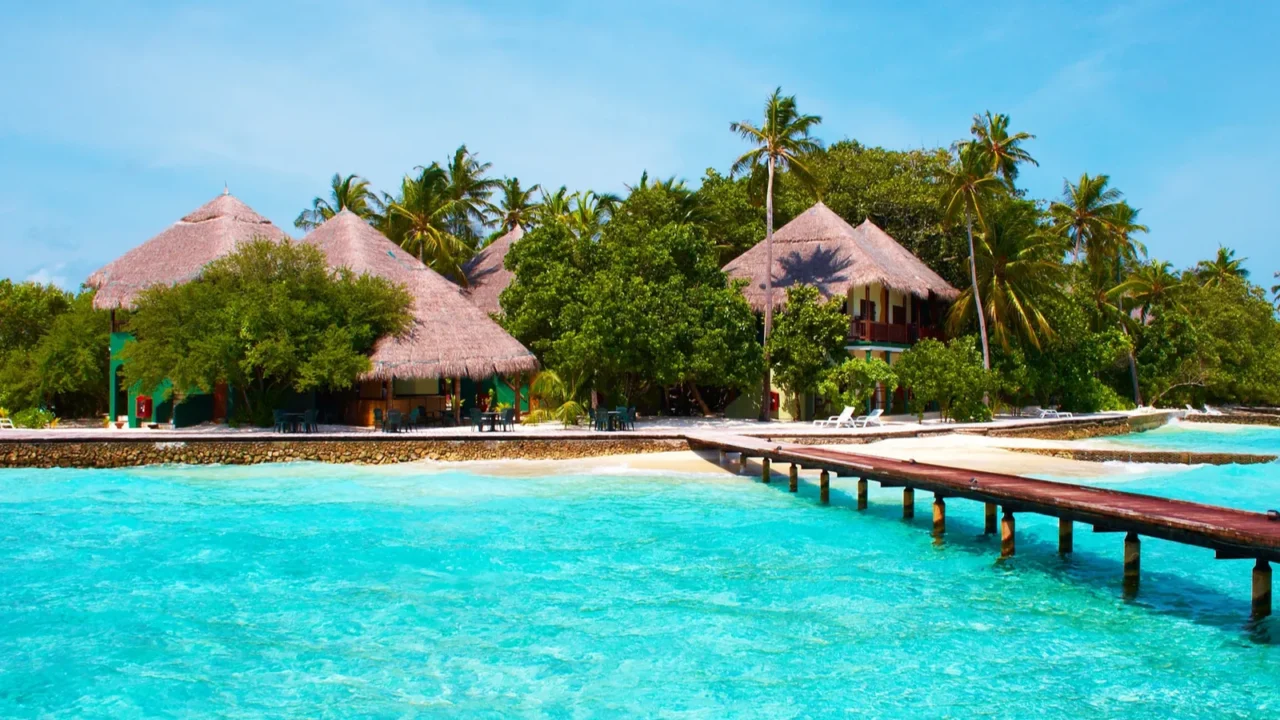
Maldives on the edges
The Maldives, a dreamy chain of coral islands, has beaches and lagoons that glow in turquoise shades. But most of the land sits only a few feet above sea level, leaving it dangerously exposed to rising oceans. By the end of this century, experts warn that much of it may vanish.
Travelers who step onto its islands today enjoy luxury and culture, but also glimpse a fragile paradise. The Maldives is a postcard of beauty balanced on the edge of change.
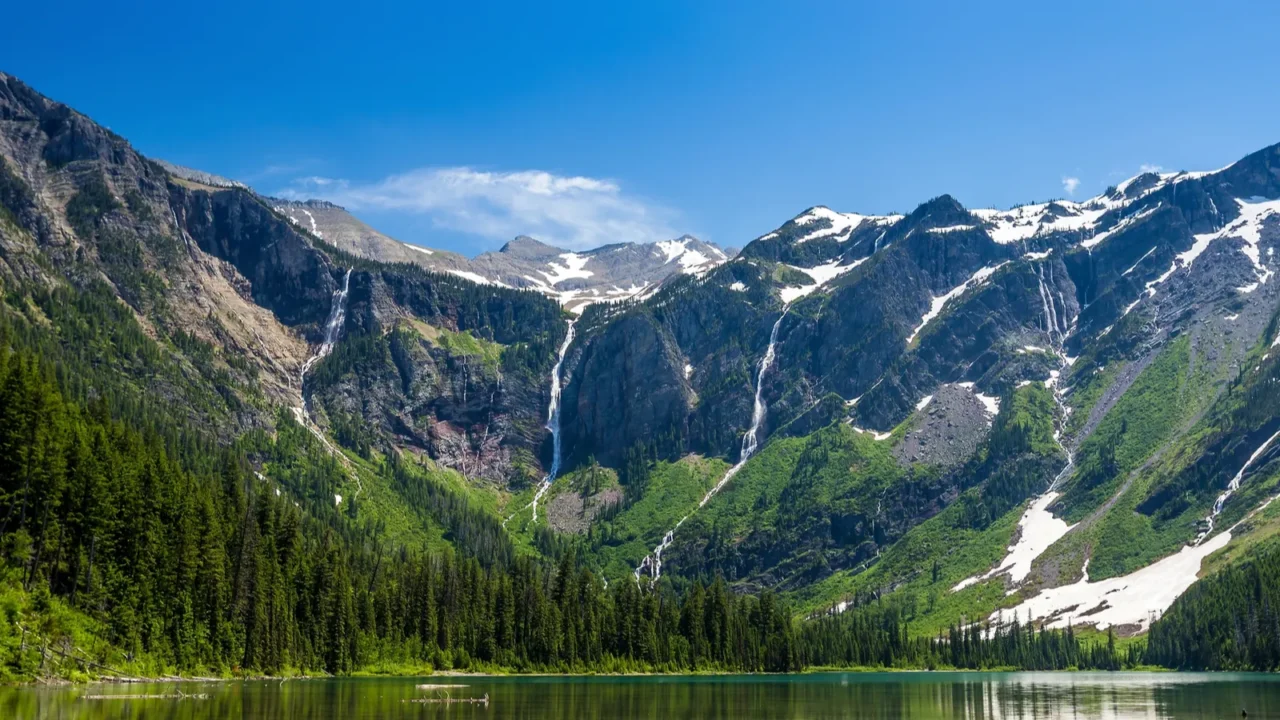
Glacier National park, Montana
Glacier National Park once held more than a hundred glaciers. Now only about two dozen remain, shrinking rapidly as summers grow warmer and winters shorter. Some scientists predict that by mid-century, the park may lose nearly all of its ancient ice.
Visiting today means walking trails carved by glaciers and seeing shimmering lakes formed from their melt. It is a chance to admire rugged peaks while also witnessing how quickly climate change reshapes landscapes once thought eternal.
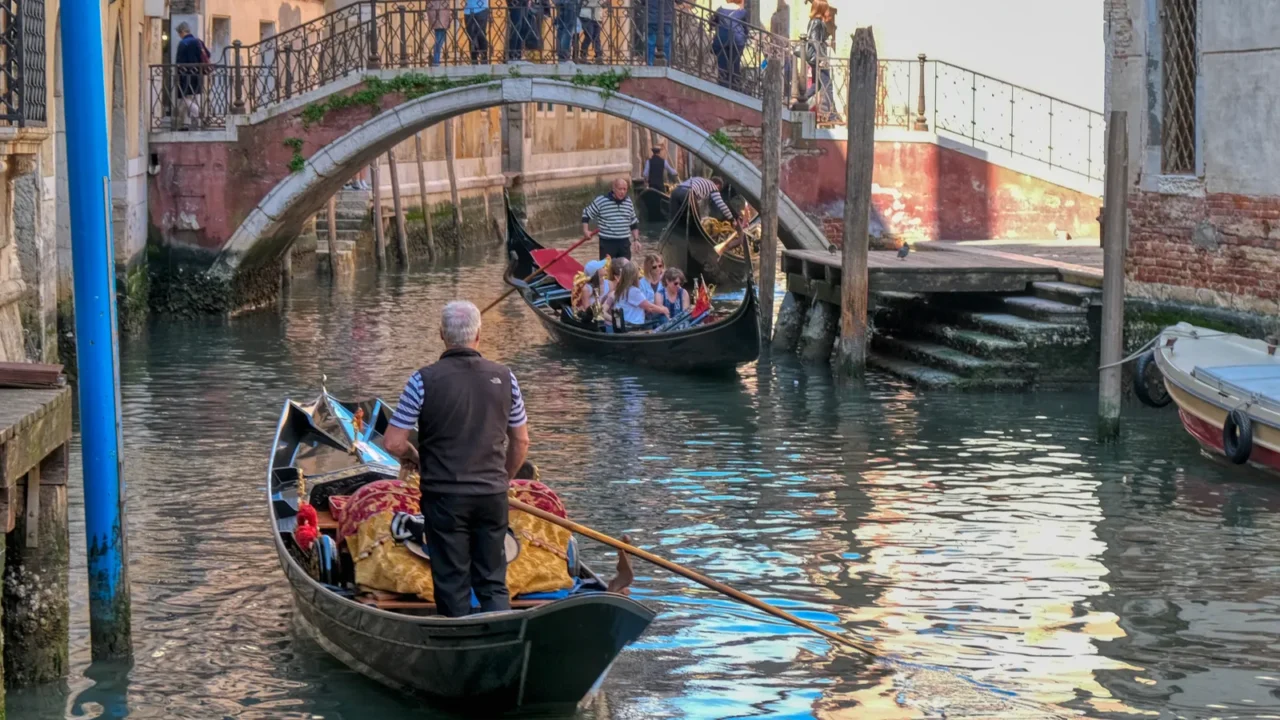
Venice, Italy
Venice floats on canals lined with centuries of art and history. Yet its foundations sink while waters rise, bringing frequent floods that cover piazzas and threaten priceless buildings. Engineering projects such as flood barriers help, but uncertainty remains over how long they can hold.
To glide down the Grand Canal or step into St. Mark’s Basilica is to savor romance under pressure. Venice still dazzles, but its future rests on fragile tides and the race against rising seas.
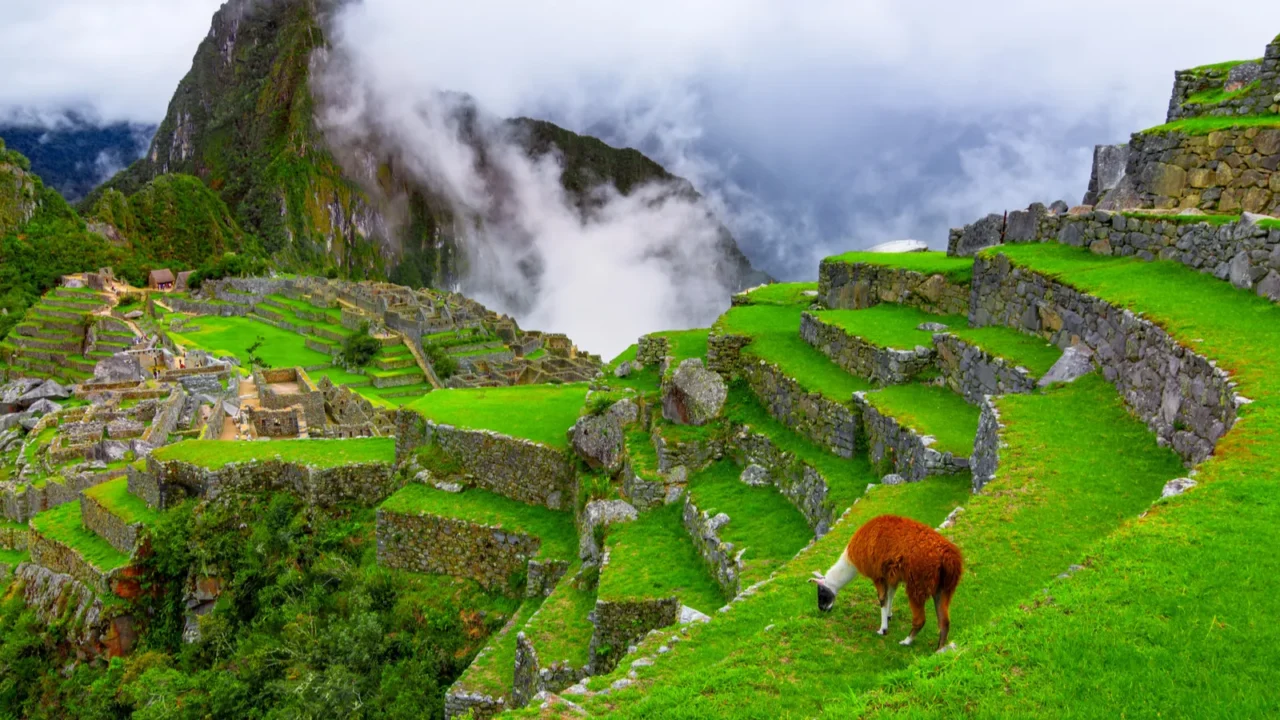
Machu Picchu, Peru
High in the Andes sits Machu Picchu, the fabled Incan city shrouded in clouds. Its stone terraces and temples have survived earthquakes and centuries of isolation. But heavy tourism, landslides, and shifting weather now endanger this mountain treasure.
Climbers who reach its heights today experience breathtaking vistas and whispers of ancient ingenuity. Yet the stone paths feel fragile under countless footsteps. Machu Picchu stands as a reminder that even the wonders of human achievement can wear away with time.
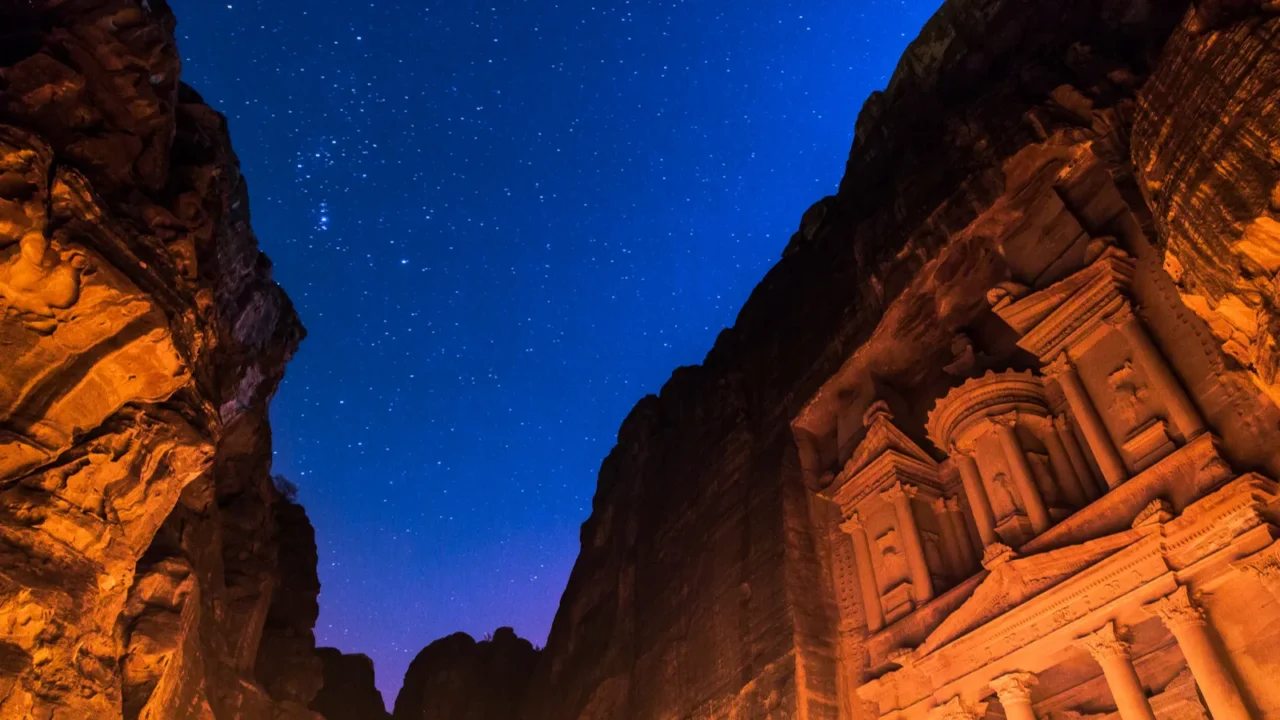
Petra, Jordan
Petra, carved into red sandstone cliffs, has watched desert winds for two thousand years. But erosion, flash floods, and growing tourism steadily wear away its delicate carvings. The Treasury’s ornate façade and narrow Siq passage face pressures that nature and people may not forgive.
Walking through Petra today means stepping back into the age of caravans and kings. Each arch and temple feels alive with history, yet every season takes a little more of its grandeur.
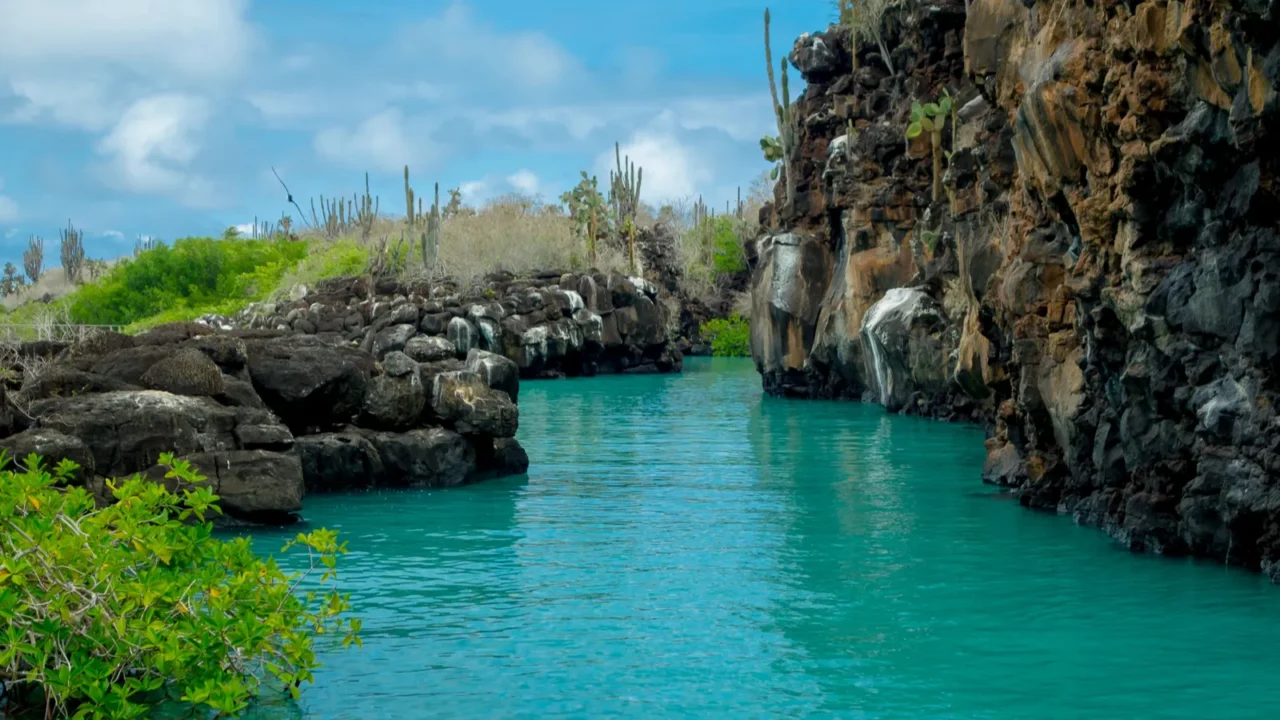
Galapagos Islands, Ecuador
The Galápagos inspired Darwin’s theory of evolution, with species found nowhere else on Earth. But invasive animals, rising tourism, and warming seas are testing this fragile ecosystem. Even small disruptions can unbalance life across these volcanic islands.
Visitors today still meet giant tortoises, blue-footed boobies, and playful sea lions. Yet scientists warn that without protection, the magic of natural balance may fade. The Galápagos remind us how quickly paradise can change when pressure mounts.
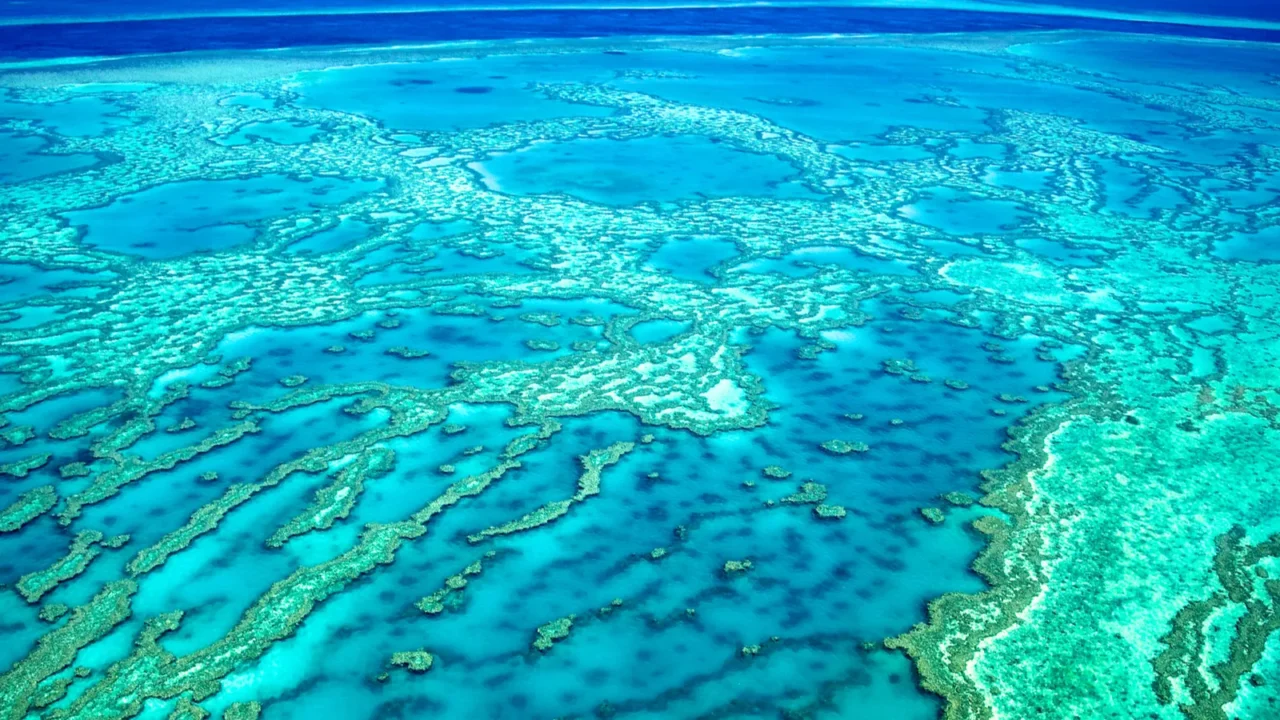
Great barrier reef, Australia
Stretching for thousands of miles, the Great Barrier Reef is the largest living structure on Earth. Its corals glow with color and teem with marine life. But warming oceans cause bleaching events that strip reefs of life, leaving ghostly white skeletons behind.
Snorkeling here still brings flashes of brilliance, clownfish weaving through anemones, and turtles gliding past coral. Yet scientists warn that each dive may capture a wonder that could be lost within this century. The reef’s future hangs in a delicate balance.
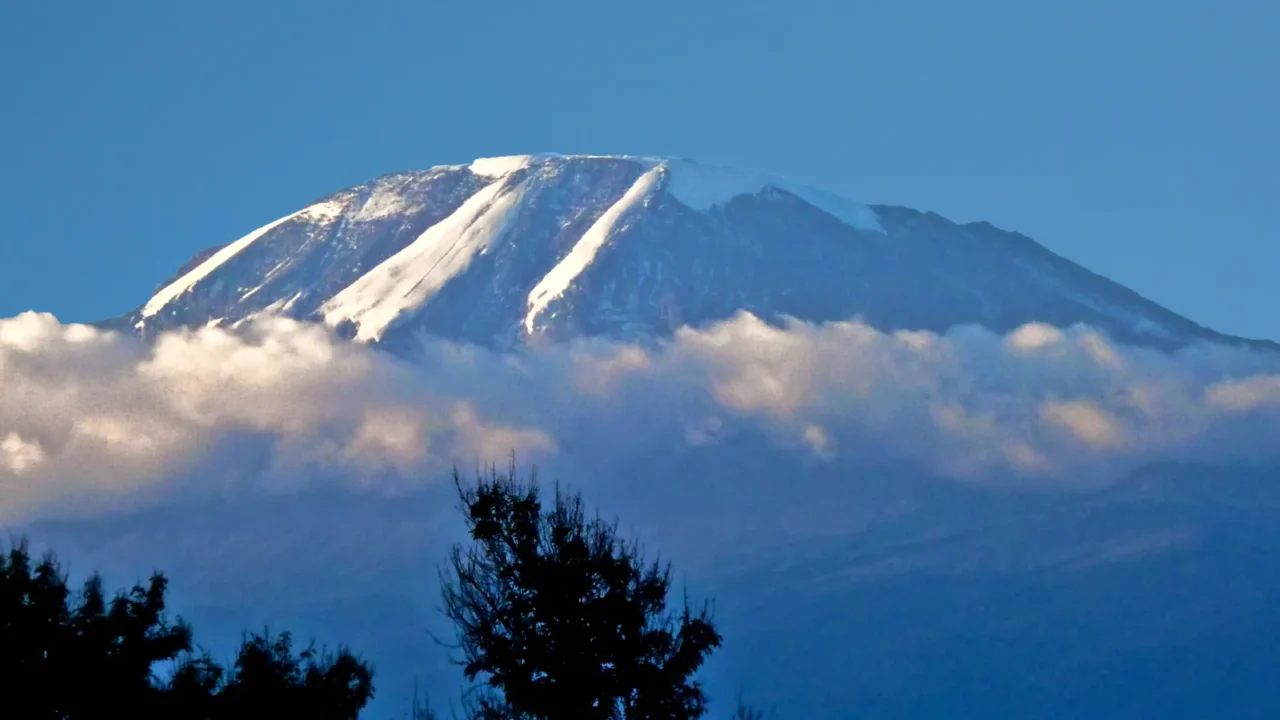
Mount Kilimanjaro, Tanzania
Kilimanjaro’s snow-topped peak rises from Africa’s plains like a crown in the sky. But its glaciers, once mighty, have shrunk by more than eighty percent over the last century. Experts fear the ice may disappear within decades, leaving the mountain bare.
Climbers today journey through forests, moorlands, and rocky slopes to glimpse what remains of its icy summit. Reaching the top offers adventure, but also the sobering realization of a frozen legacy melting into memory.
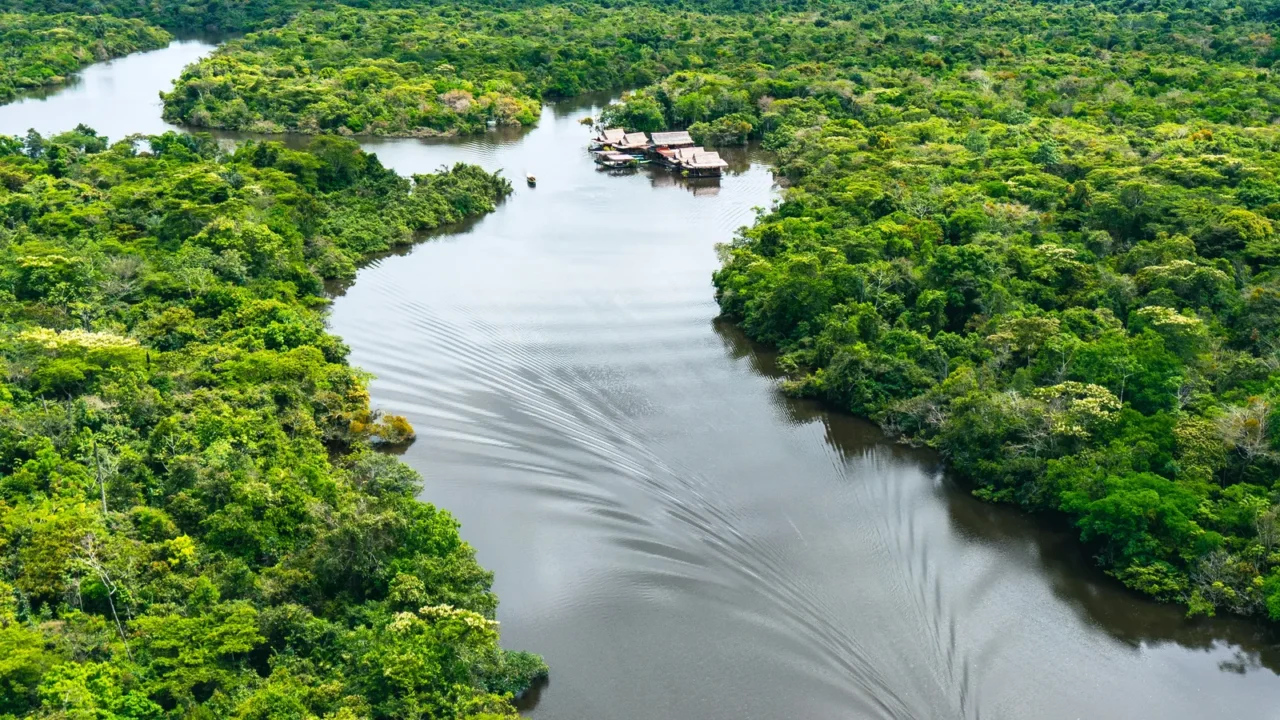
Amazon rainforest
The Amazon, Earth’s largest rainforest, is a giant lung that produces much of our oxygen. But deforestation and warming threaten to tip it into a savannah. Millions of species, from jaguars to orchids, risk losing their home if this transformation continues.
Visitors who enter its canopy find rivers that stretch forever and voices of wildlife echoing in the green. Experiencing it today means stepping into a wonder that may not look the same in the near future.
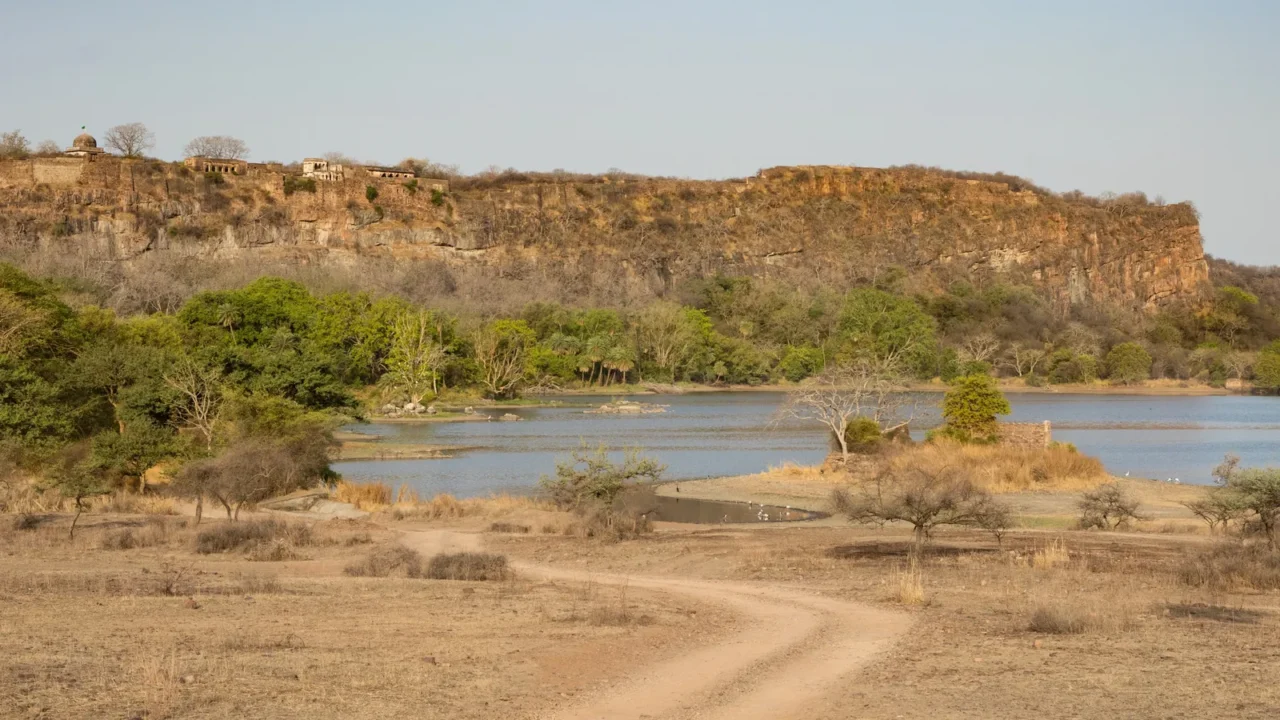
Sundarbans, India and Bangladesh
The Sundarbans form the world’s largest mangrove forest, a labyrinth of waterways sheltering rare Bengal tigers and countless bird species. Rising seas and human development steadily shrink this delicate ecosystem, placing both wildlife and people at risk.
Travelers exploring its misty rivers witness fishing boats slipping through roots and hear birds call from emerald branches. But the tides rise higher each year. The Sundarbans is a sanctuary on borrowed time, where land and water endlessly battle.
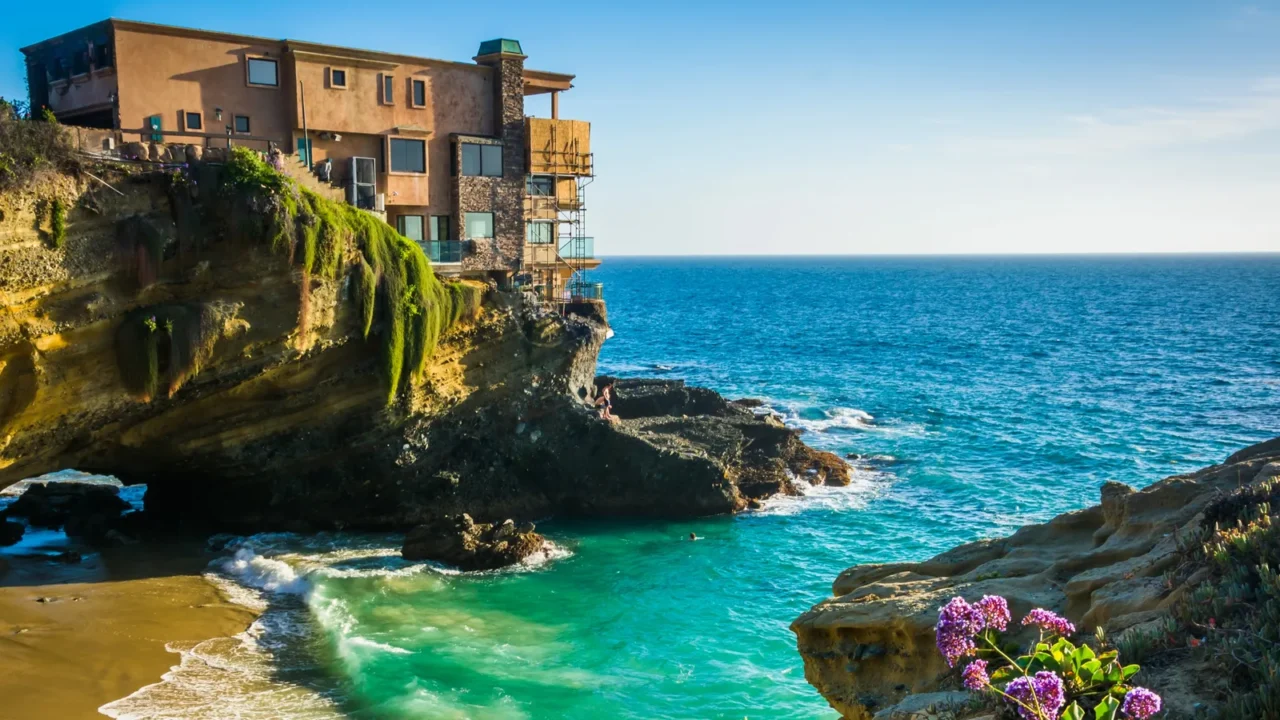
Tuvalu, Pacific ocean
Tuvalu, a small island nation, lies only a few feet above sea level. Rising oceans and king tides steadily eat away at its shores. Its leaders warn the world that without action, Tuvalu may become one of the first countries lost to climate change.
Visitors who travel here discover warm communities, cultural dances, and beaches where horizon meets simplicity. Yet beneath the charm lies urgency. Tuvalu is a paradise in peril, standing as a voice for all disappearing nations.
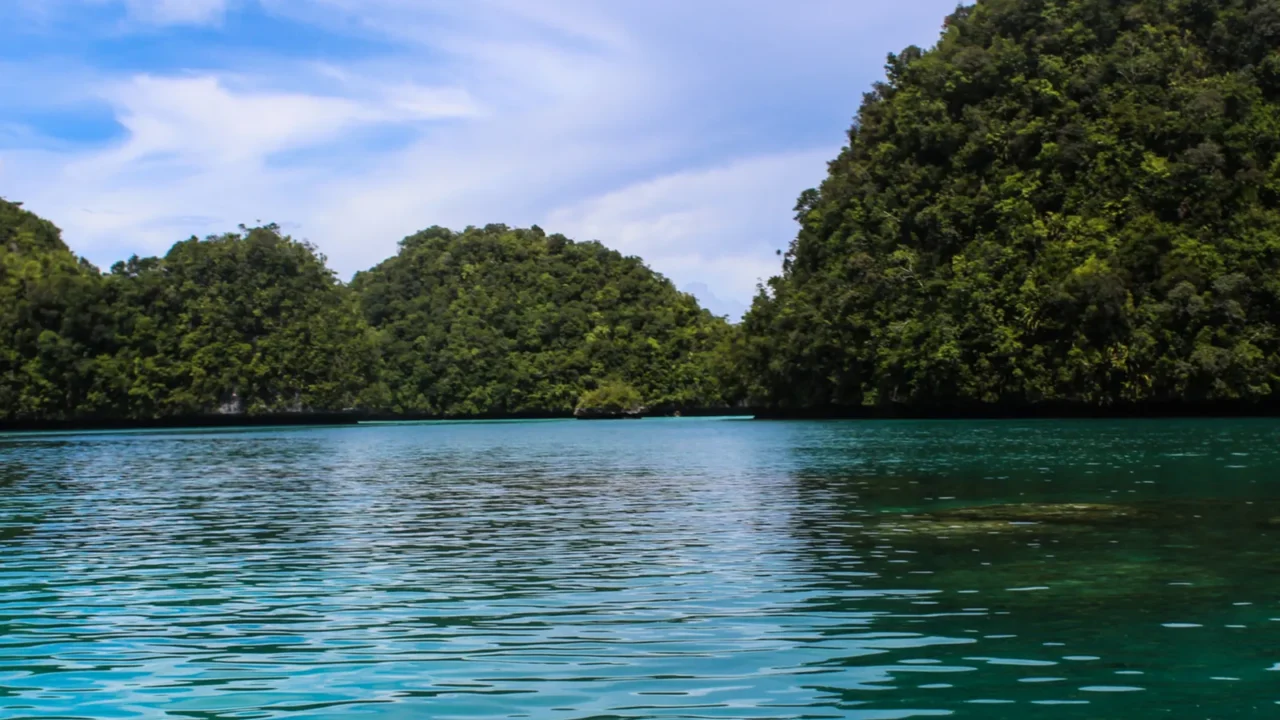
Marshall Islands, Pacific ocean
The Marshall Islands stretch across the Pacific like scattered jewels. But their low-lying atolls face the same fate as Tuvalu, with rising seas swallowing land. Entire communities already adapt by elevating homes and planning for the possibility of relocation.
Travelers find a mix of tradition and resilience, with fishing, weaving, and a culture tied closely to the ocean. To visit now is to witness beauty and fragility woven together, a way of life held tightly against the encroaching tide.
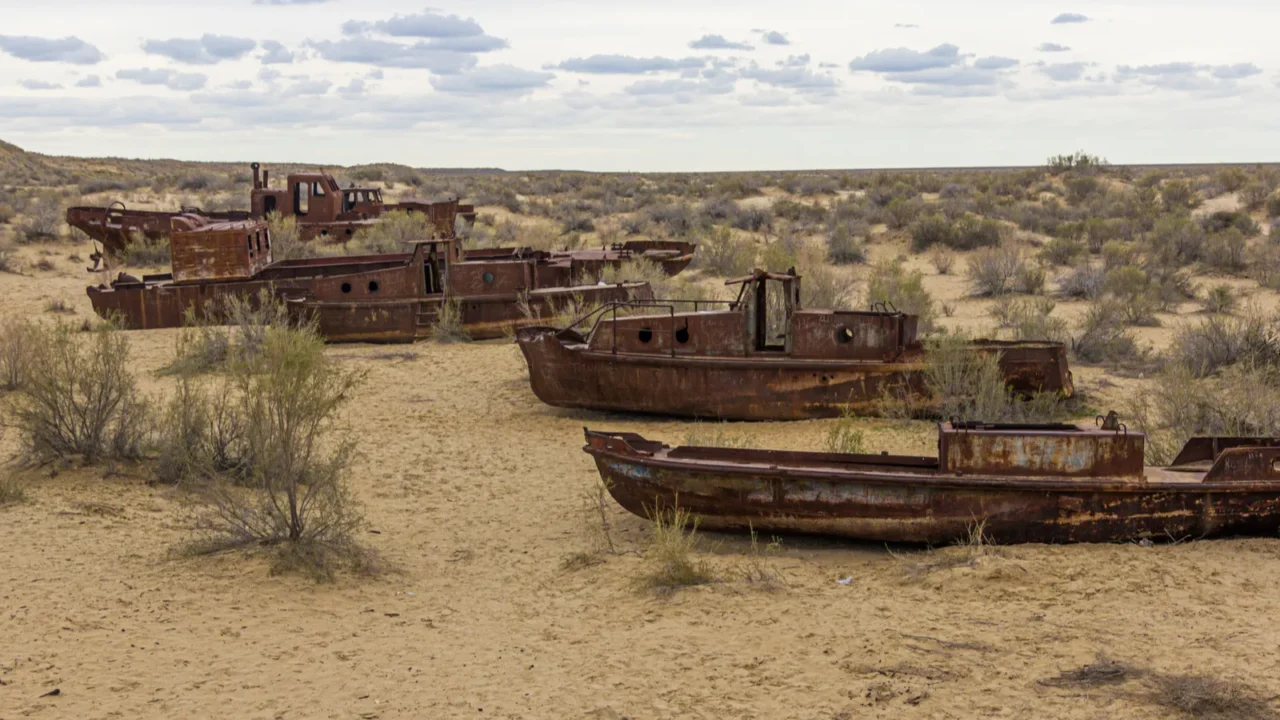
The Aral sea, Central Asia
Once the fourth-largest lake in the world, the Aral Sea has almost vanished after rivers were diverted for irrigation. Fishing towns now sit miles from water, with rusting boats stranded in desert sands. Dust storms rise from the empty seabed, carrying toxic chemicals into nearby villages.
Standing on its cracked shores feels like visiting a ghost ocean. It is haunting and unforgettable, a reminder of how quickly human choices can erase what nature took centuries to build.
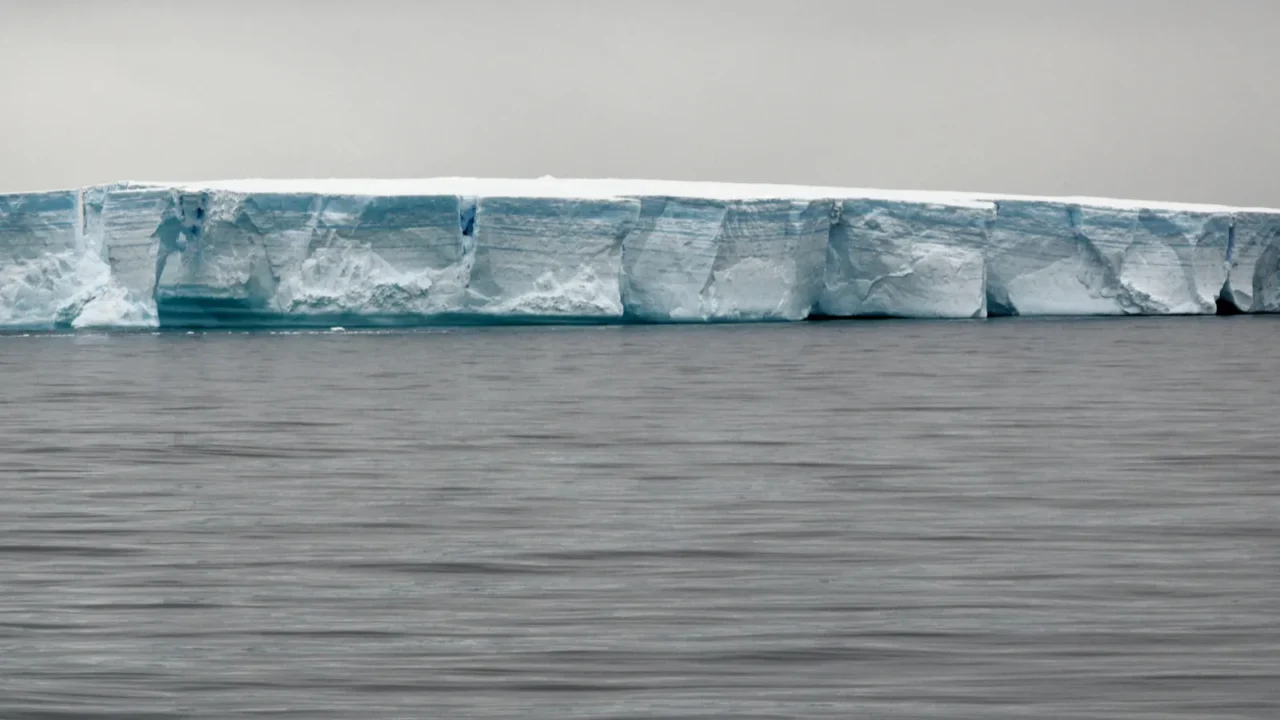
Antarctica’s Larsen ice shelf
The Larsen Ice Shelf is breaking apart at a faster rate than scientists once imagined. Each new fracture reminds us how quickly the frozen edges of our planet are giving way, and how urgent it is to pay attention to the changes unfolding at the Earth’s poles.
For those who want to see the world in extraordinary ways, there are other ways to connect with fragile corners of the planet. One remarkable experience is the private jet journey that takes you across all 7 continents in just 29 days, a journey that shows how much of our planet is worth exploring while there is still time.
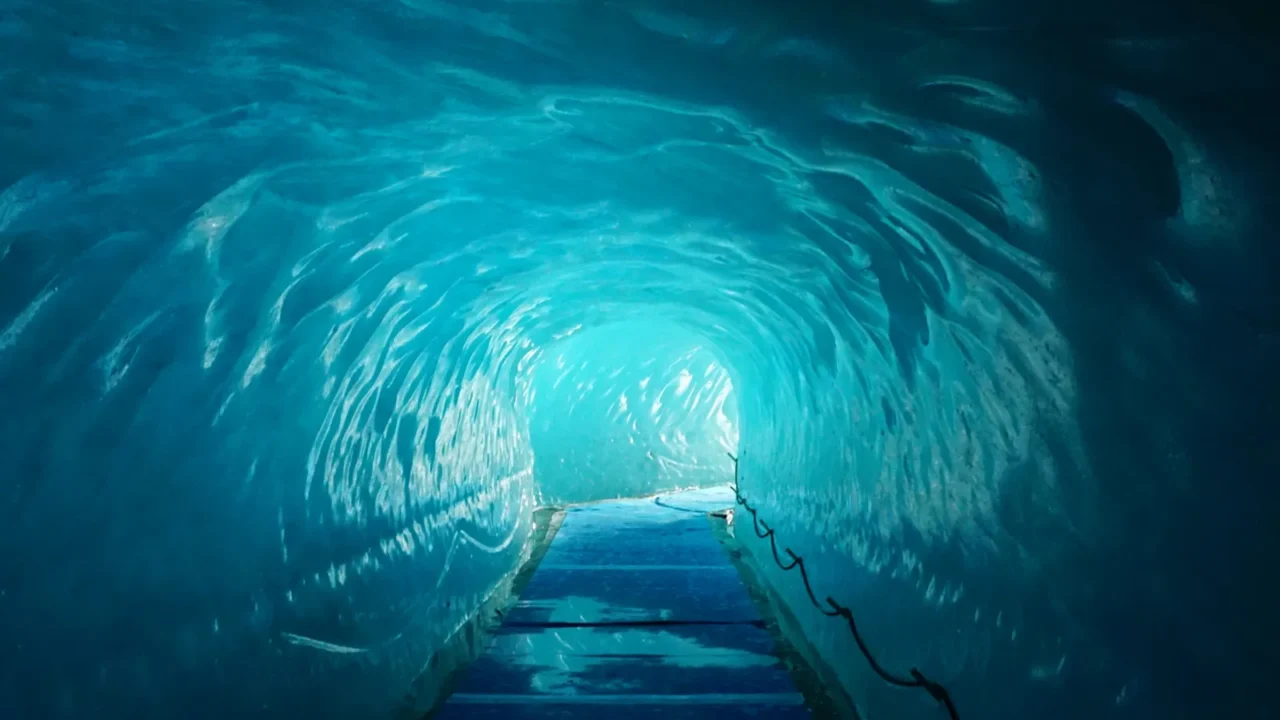
Mer de Glace, French Alps
The Mer de Glace is shrinking every single year, leaving behind empty rock valleys where ice once dominated the landscape. The stairs that now descend to the glacier are a stark reminder of how much has already been lost.
The feeling of urgency here is similar to what you might experience in places that do not always make the top of travel lists but remain deeply moving. Some of those destinations are highlighted in 15 unloved countries you’ll wish you’d visited sooner.
Which disappearing destination would you choose to see before it is too late?
Read More From This Brand:
- U.S. Government Issues Travel Warning For Popular Vacation Destination
- 15 travel blunders that could wreck your trip
- 17 Hottest destinations for digital detox in 2025
Don’t forget to follow us for more exclusive content right here on MSN.
This slideshow was made with AI assistance and human editing.